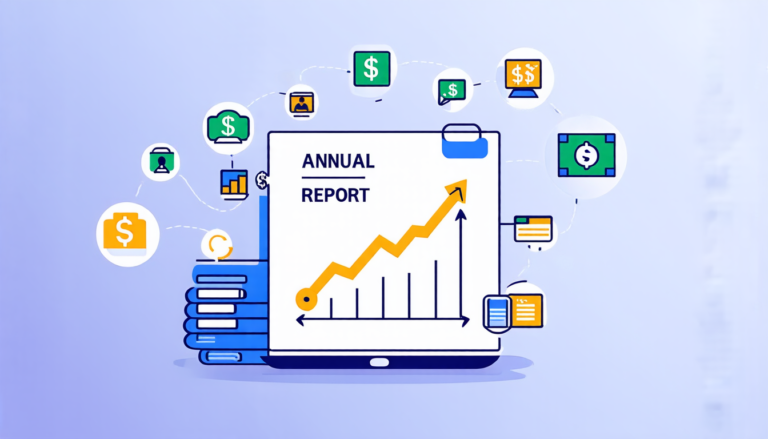Saturday 06 September 2025
As we continue to rely on technology to navigate our daily lives, concerns about privacy and security are becoming increasingly important. Recently, researchers have been exploring ways to protect sensitive information, such as geolocation data, from being accessed by unauthorized individuals.
One area of focus has been the development of Vision-Language Models (VLMs), which can analyze images and identify specific locations. While these models have many useful applications, they also pose a significant risk to privacy if not properly secured.
Researchers have discovered that VLMs can be trained to infer users’ locations from publicly shared images, simply by analyzing visual features such as buildings, roads, or landmarks. This raises serious concerns about the potential for hackers to access sensitive information without consent.
To combat this threat, a team of scientists has developed a new framework called GeoShield. Designed specifically for geoprivacy protection in real-world scenarios, GeoShield uses three key modules to ensure that VLMs do not compromise user privacy.
The first module, feature disentanglement, separates geographical and non-geographical information within an image. This allows the model to focus on relevant features while ignoring irrelevant details.
The second module, exposure element identification, pinpoints specific regions of an image that contain geo-revealing information. By highlighting these areas, GeoShield can then apply targeted perturbations to reduce their impact on geolocation inference.
The third and final module, scale-adaptive enhancement, optimizes perturbations at both global and local levels. This ensures that the model is effective across a range of resolutions, from high-resolution images to lower-quality photos.
Extensive testing has shown that GeoShield consistently outperforms previous methods in black-box settings, achieving strong privacy protection with minimal impact on visual or semantic quality.
The development of GeoShield marks an important step towards protecting geolocation data and ensuring the security of users’ sensitive information. As our reliance on technology continues to grow, it is crucial that we prioritize privacy and develop innovative solutions to address emerging threats.
GeoShield’s success highlights the potential for AI-powered frameworks to mitigate risks and safeguard user data. By leveraging cutting-edge research in computer vision, natural language processing, and adversarial perturbations, scientists can create powerful tools to protect our digital lives.
In a world where technology is increasingly integrated into our daily routines, GeoShield serves as a timely reminder of the importance of prioritizing privacy and security.
Cite this article: “Protecting Geolocation Data with GeoShield: A New Framework for Preserving User Privacy”, The Science Archive, 2025.
Geolocation, Privacy, Security, Vision-Language Models, Vlms, Geoshield, Feature Disentanglement, Exposure Element Identification, Scale-Adaptive Enhancement, Ai-Powered Framework.







